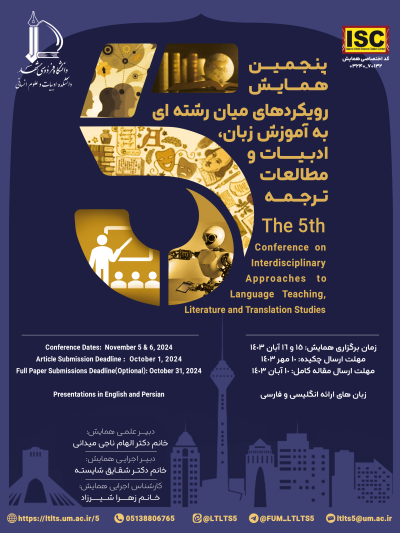0% Complete

نویسندگان :
کلمات کلیدی :
چکیده :
لیست مقالات بایگانی شده
Parsa Mashayekhy Fard - Ali Nasrabadi
آناهیتا امیرشجاعی - مریم قدرتی
Aida Firooziyan Pour-Esfahani
Behzad Pourgharib - Mahboubeh Khalili
Maryam Meshkat - Milad Ghasemi - Vahid Mohagheghpour
Ali Bardideh - Anahita Bordbar
Saeid Najafi Sarem - Yasaman Seif - Neda Toughiry

